When Lionel Messi was draped in a bisht by the Emir of Qatar after winning the FIFA World Cup, the gesture captured global attention. The bisht, a traditional cloak symbolizing hospitality, honor, and respect, bridged local heritage with international spectacle in a single moment. This convergence of tradition and modernity is a theme Saudi Arabia continues to explore, integrating cultural identity into its reform-driven governance.
This year, Saudi Arabia formally required officials, both men and women, to wear traditional Saudi attire while performing their duties. For men, this includes the bisht (also called mishlah), while women are expected to wear the abaya at formal events and workplaces. Although this practice has long been customary, the official directive underscores the importance of cultural representation in public service.
The Bisht: From Practicality to Prestige
The word bisht, meaning “cloak” in Arabic, has its roots in practicality. Originally worn by Bedouins to stay warm in desert winters, the garment has evolved into a ceremonial piece, synonymous with prestige and formality. Today’s bisht is a light cloak, typically worn over a thobe, with wide sleeves allowing one arm to fold it across the body while the other remains free.
Available in colors such as black, brown, beige, and white, the bisht’s function mirrors that of the tuxedo in Western attire—a hallmark of elegance and authority at formal occasions. For women, the abaya, with its many modern designs, serves a similar ceremonial function.
Crafting a Legacy: The Making of a Bisht
The bisht is not merely an article of clothing; it is a testament to craftsmanship and tradition. Made from camel or goat wool spun into textiles and often blended with silk, bishts are distinguished by their embroidery. The threads, known as zari, are crafted from gold, silver, or silk.
According to Abu Salem, a bisht tailor from the Al-Ahsa region, “Black bishts with gold stitching are the most popular, followed by cream and white.” He notes that younger generations have embraced newer colors like blue and maroon, while older generations prefer traditional shades of black, brown, and cream.
Three main styles dominate bisht design: Darbeyah, Measure, and Turkey, with Hasawi bishts from Al-Ahsa regarded as the finest. Handmade bishts are a labor-intensive process, often requiring up to eight artisans and taking 15 days to complete. In contrast, machine-made bishts are faster but lack the intricate detailing. Prices range from $20 for mass-produced versions to $4,000 for bespoke pieces.
Abdullah Jafar Al-Qattan, a renowned bisht maker from Al-Ahsa, emphasizes the garment’s heritage, stating, “Bishts were first tailored in Persia and brought to Saudi Arabia by vendors during Hajj or Umrah. Al-Ahsa has been the heart of bisht craftsmanship for over 200 years.”
A Symbol of Authority and Unity
The government’s directive highlights the bisht’s role in reinforcing respect, authority, and cultural identity. By standardising traditional attire for officials—including emirs, ministers, judges, and legal professionals—the Kingdom aims to present a unified and culturally resonant image both domestically and internationally.
The involvement of the Ministry of Media and Nazaha (the National Anti-Corruption Commission) ensures compliance and reinforces the symbolic importance of adhering to these guidelines. Extending this practice to women through the abaya demonstrates an effort to balance tradition with contemporary roles, acknowledging the evolving dynamics of gender representation in Saudi society.
Preserving Heritage Amid Modernisation
As Saudi Arabia undergoes rapid transformation, integrating tradition into governance serves as a reminder of the Kingdom’s roots. The bisht and abaya, far from being mere garments, symbolise continuity in a society navigating change. This initiative reflects a broader strategy: blending cultural heritage with the demands of modern governance.
By clarifying the scope of this directive and aligning it with broader reforms, Saudi Arabia ensures its cultural identity remains a cornerstone of public representation. This thoughtful integration underscores the Kingdom’s ambition to preserve its traditions while adapting to the complexities of contemporary statecraft.
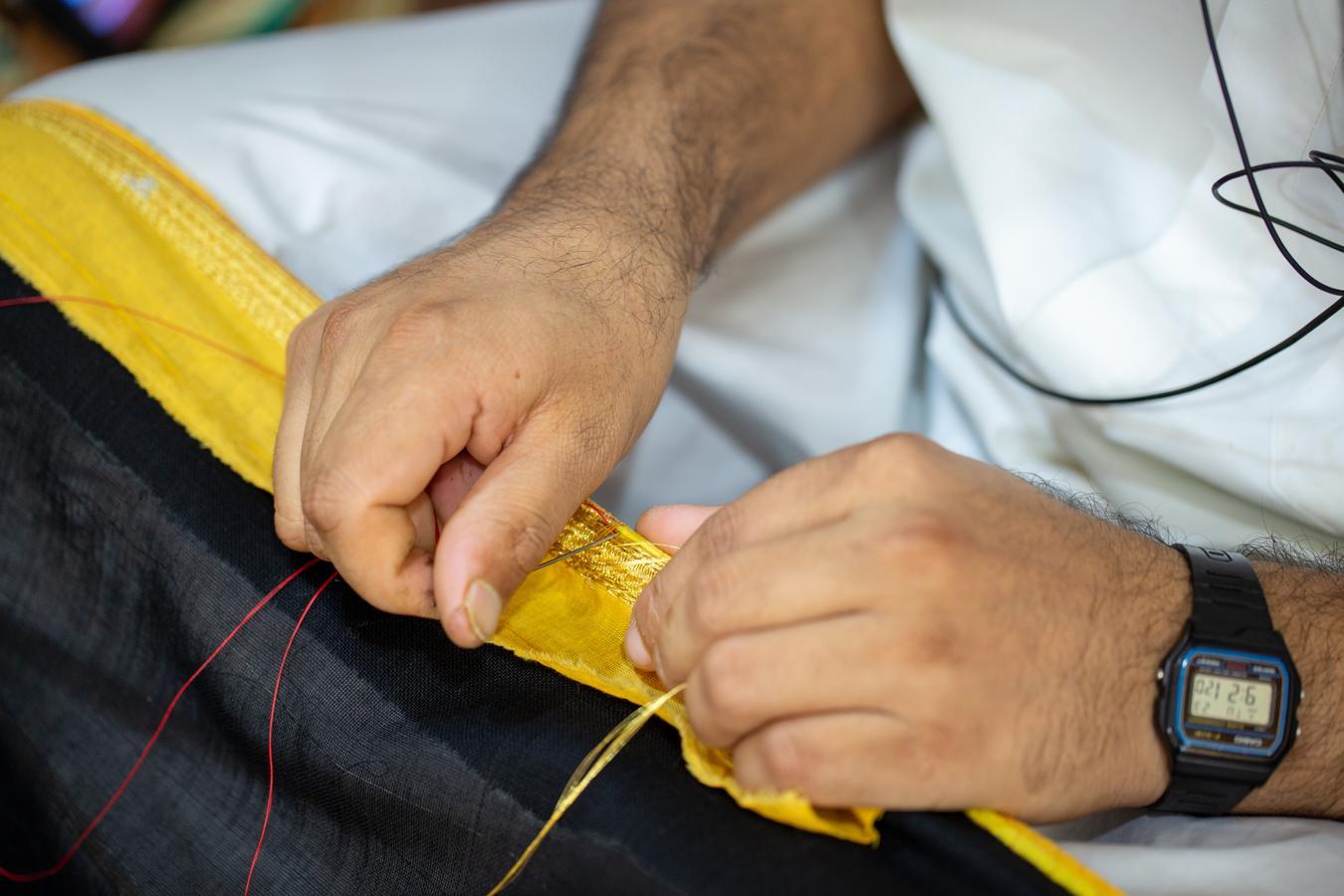
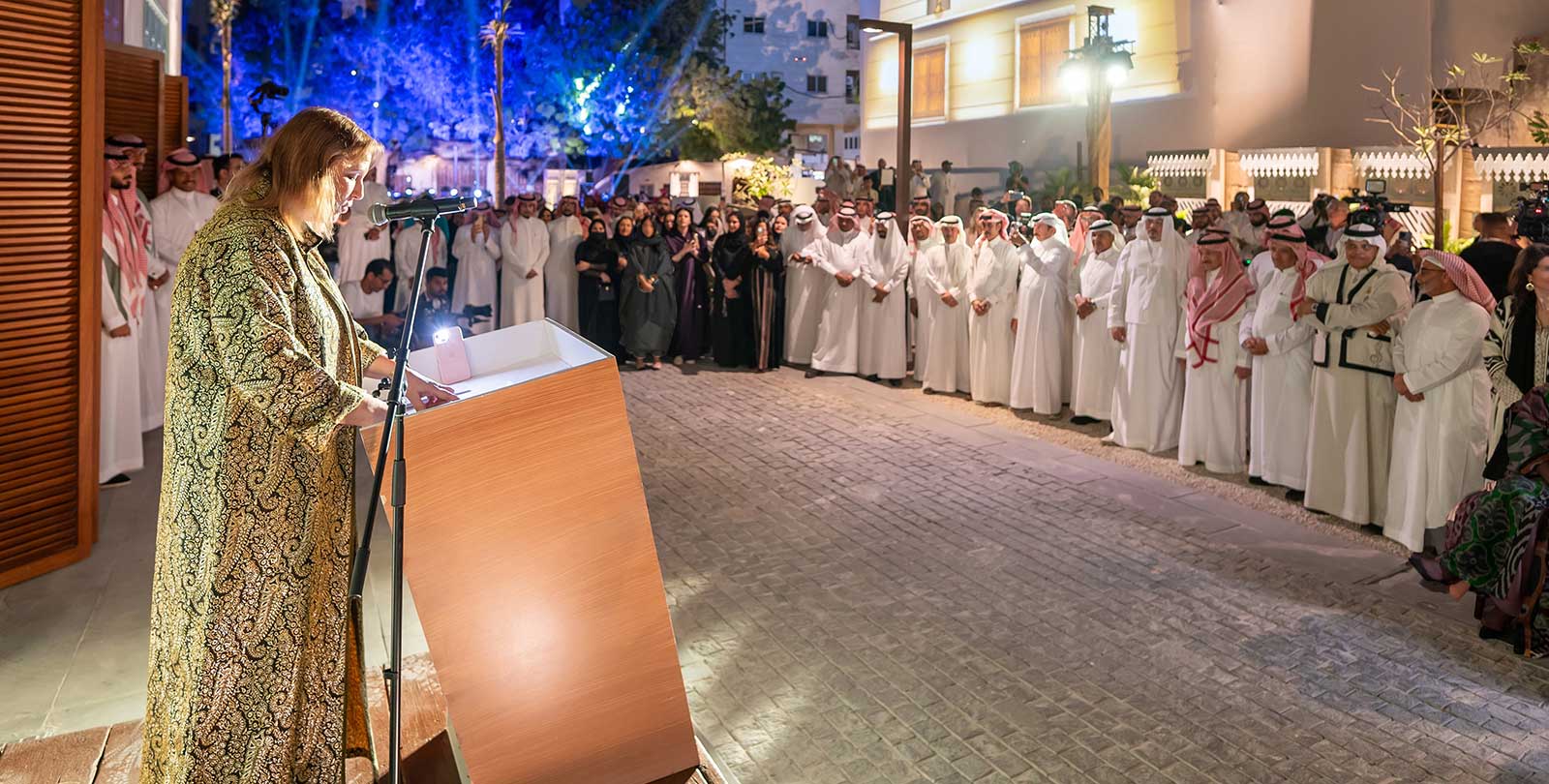

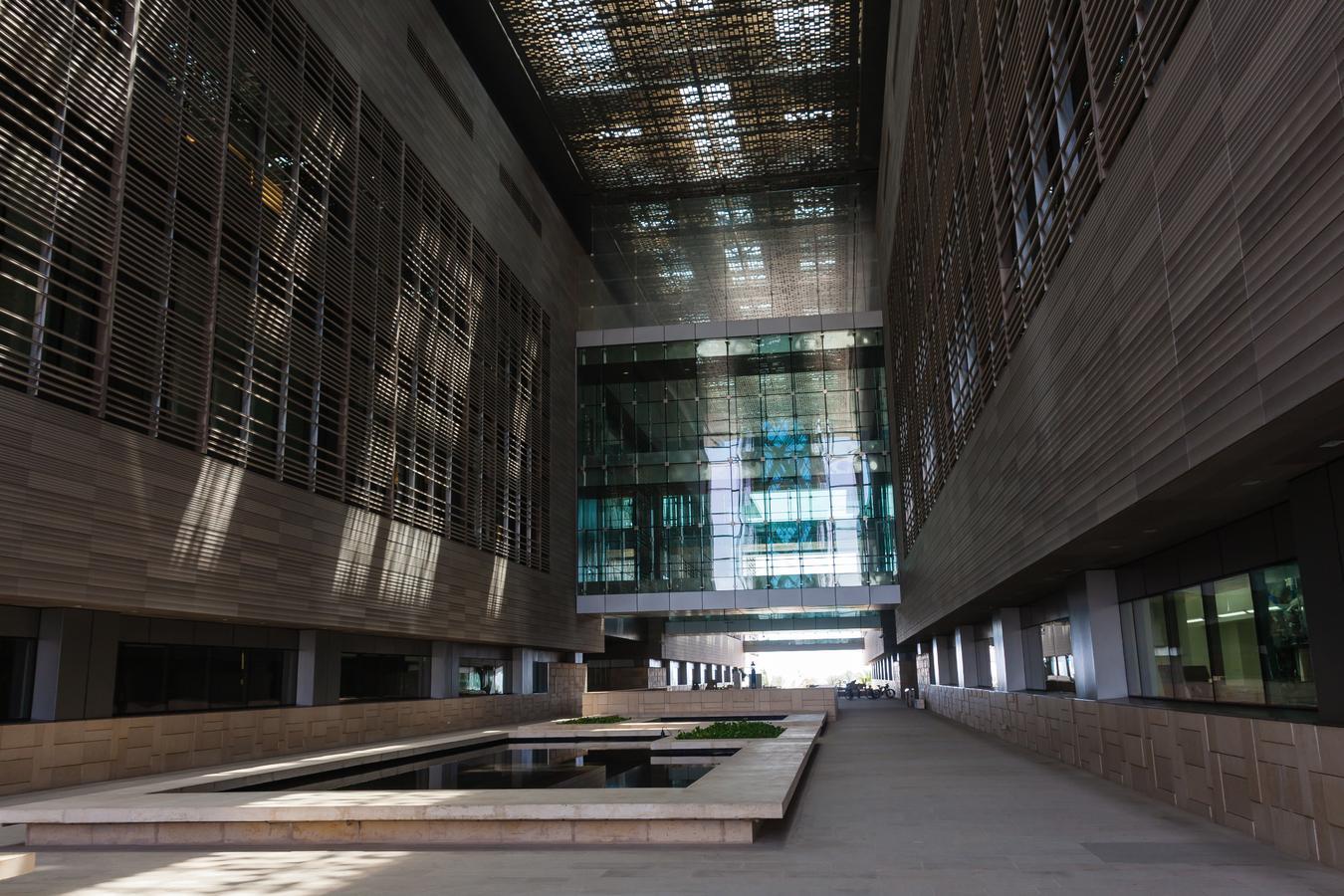


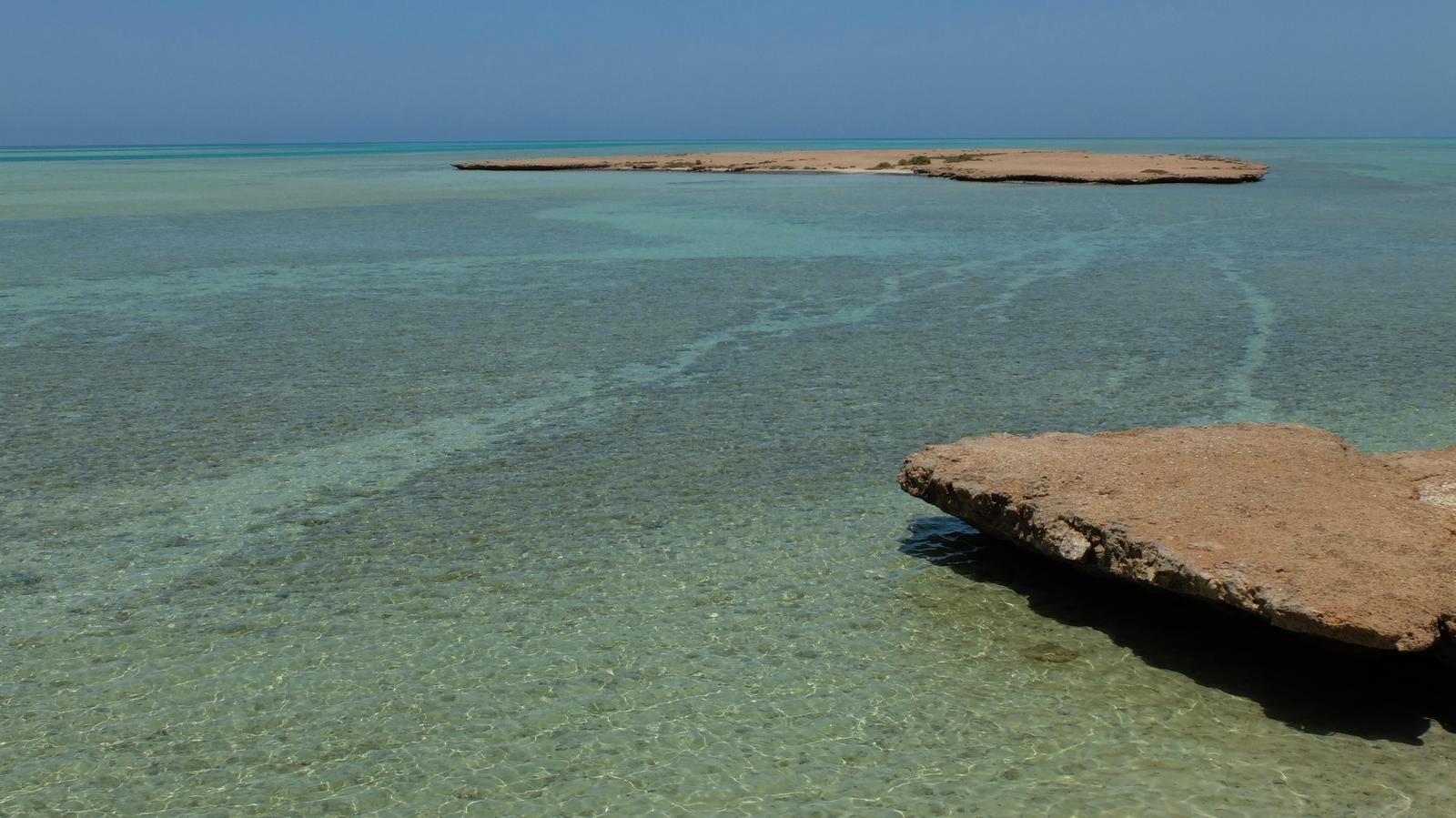
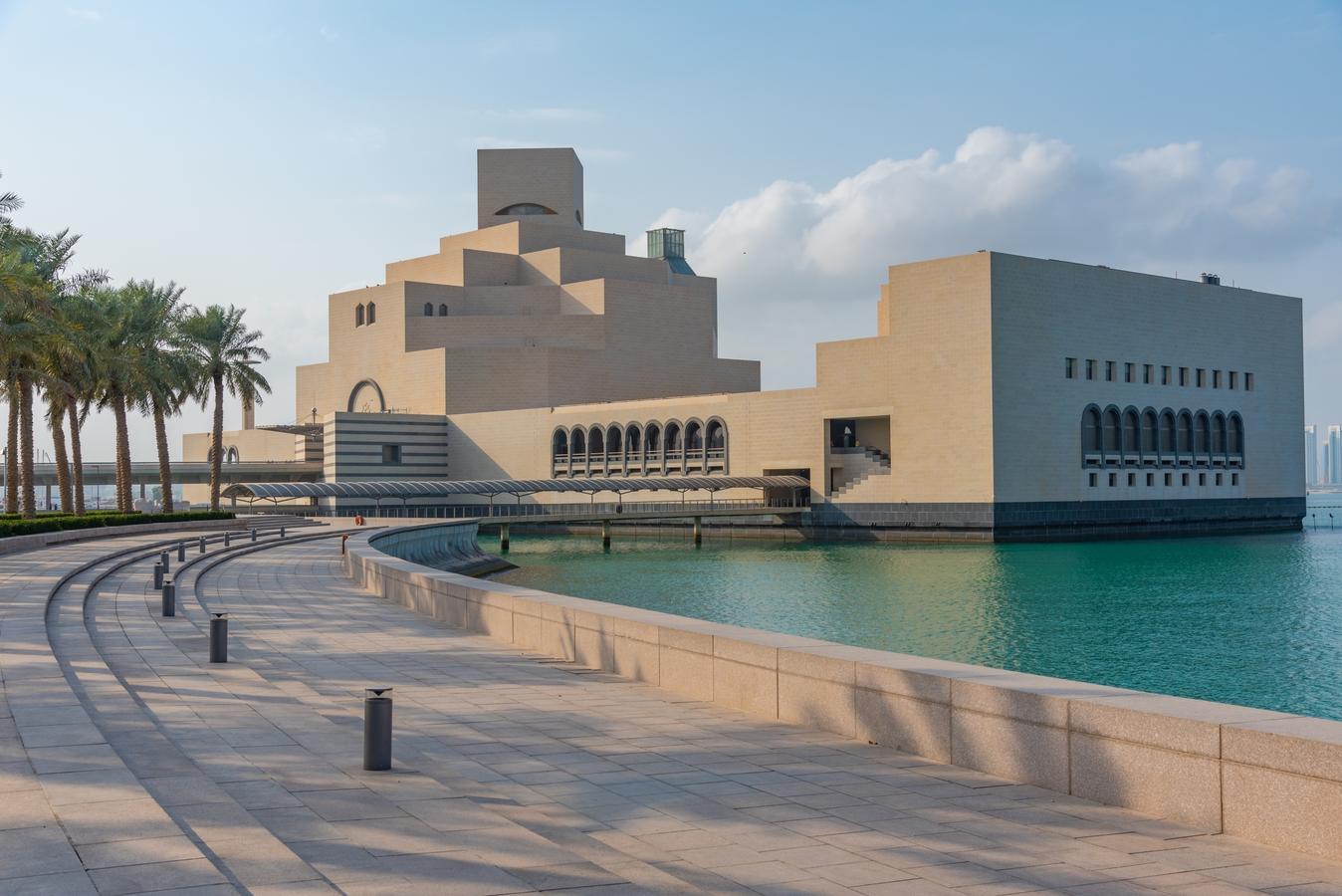
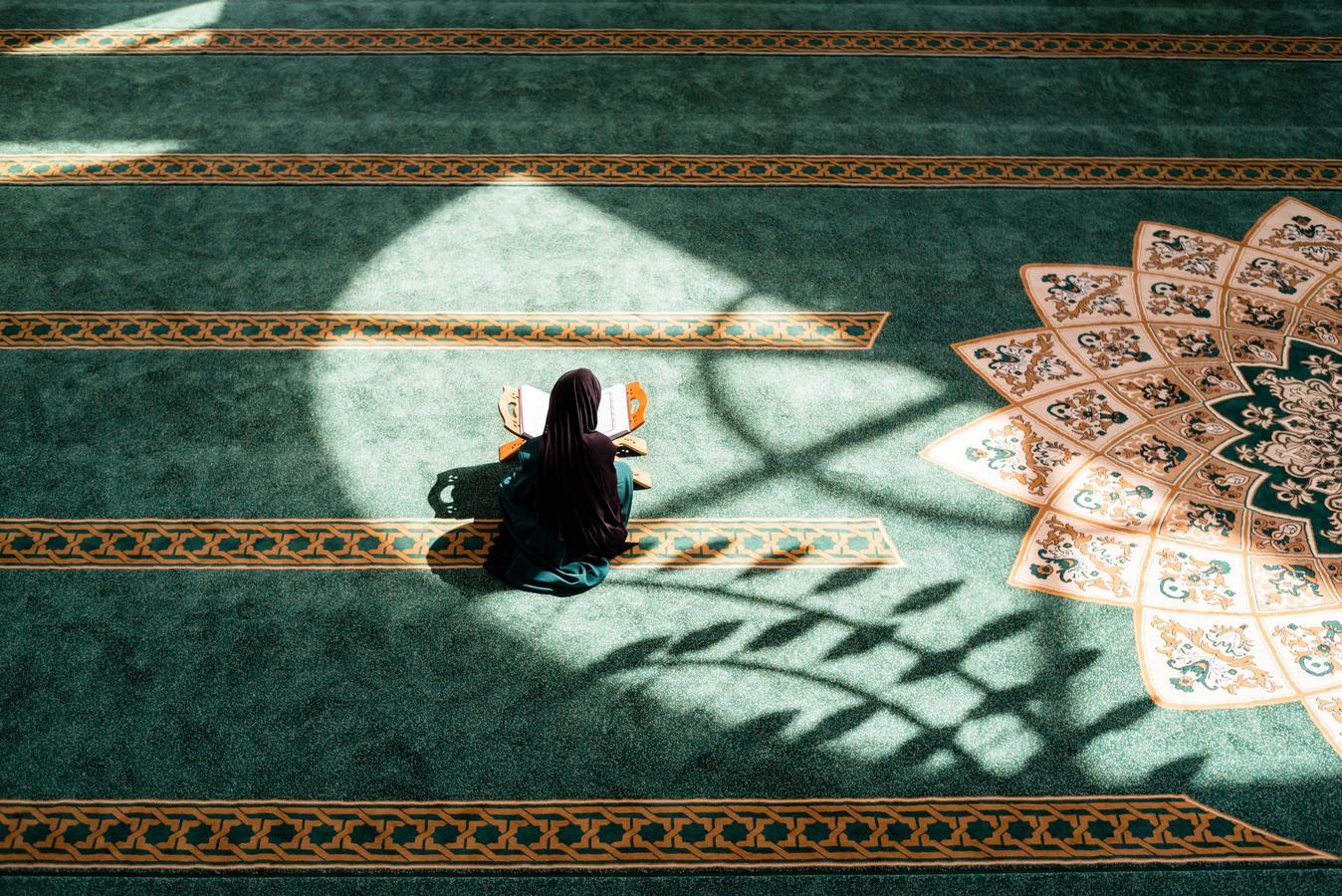
0 Comments
No comments yet. Be the first to comment!